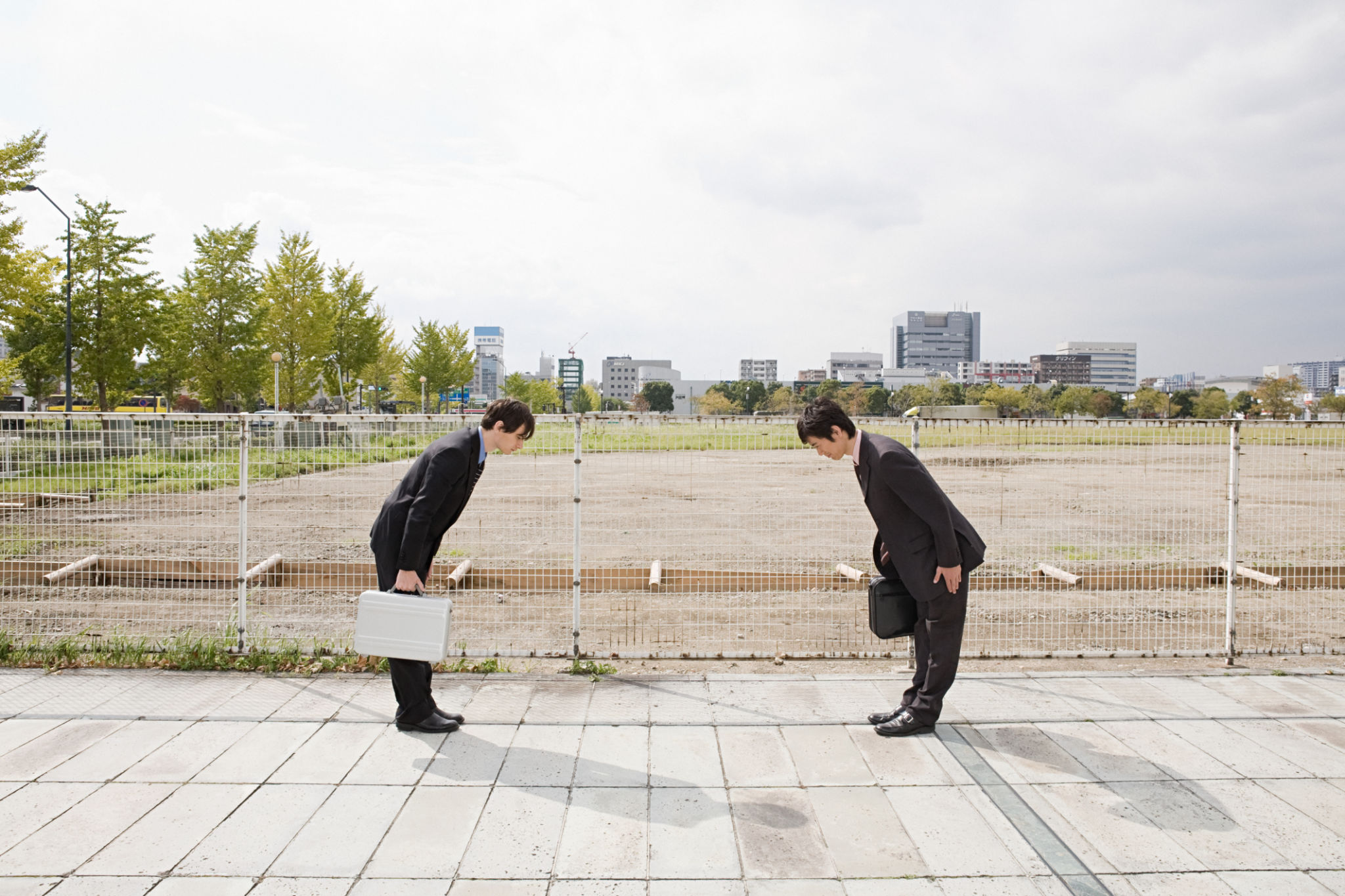The Environmental Impact of Concrete Cutting and Demolition: Mitigation Strategies
Understanding the Impact of Concrete Cutting and Demolition
Concrete cutting and demolition are essential processes in construction and renovation projects. However, these activities can have significant environmental impacts. From dust and noise pollution to the generation of waste, the repercussions are diverse and complex. Understanding these effects is the first step in mitigating them, ensuring that construction practices are as sustainable as possible.
As urban areas continue to expand, the demand for concrete cutting and demolition services increases. These activities contribute to greenhouse gas emissions, primarily due to the energy-intensive machinery used. Additionally, the disposal of concrete waste in landfills exacerbates environmental concerns. As such, adopting innovative strategies to reduce these impacts is crucial for the future of sustainable construction.

Strategies to Reduce Dust and Noise Pollution
Dust and noise are two of the most immediate environmental issues associated with concrete cutting and demolition. Dust particles can affect air quality and pose health risks to workers and nearby residents. To combat this, water suppression techniques can be employed during cutting to minimize dust dispersion. Additionally, using dust extraction systems can further ensure cleaner air.
Noise pollution is another major concern, especially in densely populated areas. Implementing quieter machinery, scheduling work during off-peak hours, and using sound barriers can help mitigate noise. These measures not only protect the environment but also enhance community relations by reducing disturbances.

Efficient Waste Management Techniques
The generation of waste is inevitable in concrete cutting and demolition projects. However, efficient waste management strategies can significantly reduce the environmental footprint. Recycling concrete waste is one effective approach. By crushing and reusing concrete debris, we can reduce the demand for new materials and minimize landfill usage.
Another strategy involves the careful planning of demolition projects to maximize material recovery. This can include salvaging steel reinforcements, bricks, and other components for reuse. By adopting a circular economy approach, construction projects can contribute to resource conservation and environmental sustainability.

Adopting Energy-Efficient Practices
Energy consumption is a critical factor in the environmental impact of concrete cutting and demolition. To address this, companies can invest in energy-efficient machinery that reduces fuel consumption and emissions. Additionally, using alternative energy sources such as electricity or biofuels can further lessen the carbon footprint of these activities.
Moreover, optimizing project planning and logistics can lead to significant energy savings. By streamlining processes and minimizing equipment idling time, companies can reduce energy use and enhance overall efficiency.
The Role of Regulations and Certifications
Regulations play a vital role in steering the construction industry towards more sustainable practices. By adhering to environmental standards and obtaining relevant certifications, companies can demonstrate their commitment to reducing their ecological impact. Compliance with regulations not only safeguards the environment but also enhances a company's reputation and competitiveness.
Certifications such as ISO 14001 for environmental management systems provide frameworks for continuous improvement in sustainability practices. By integrating these standards into operations, companies can systematically reduce their environmental impact over time.

Innovative Technological Solutions
Technology is a powerful ally in minimizing the environmental impact of concrete cutting and demolition. Advanced machinery equipped with emission control systems can significantly reduce pollutants released into the atmosphere. Additionally, digital tools for project planning and monitoring can optimize resource use and minimize waste.
Furthermore, innovations such as automated cutting systems enhance precision, reducing unnecessary material removal and energy use. As technology continues to evolve, its role in promoting sustainable construction practices will only grow stronger.
Community Engagement and Awareness
Lastly, engaging with the community and raising awareness about the environmental impact of concrete cutting and demolition is essential. Companies can organize workshops and information sessions to educate stakeholders about their sustainability efforts. Transparent communication builds trust and fosters collaboration towards shared environmental goals.
By actively involving communities in sustainability initiatives, companies can gain valuable insights and support for their projects. This collaborative approach not only mitigates negative impacts but also promotes a culture of environmental stewardship within the industry.

